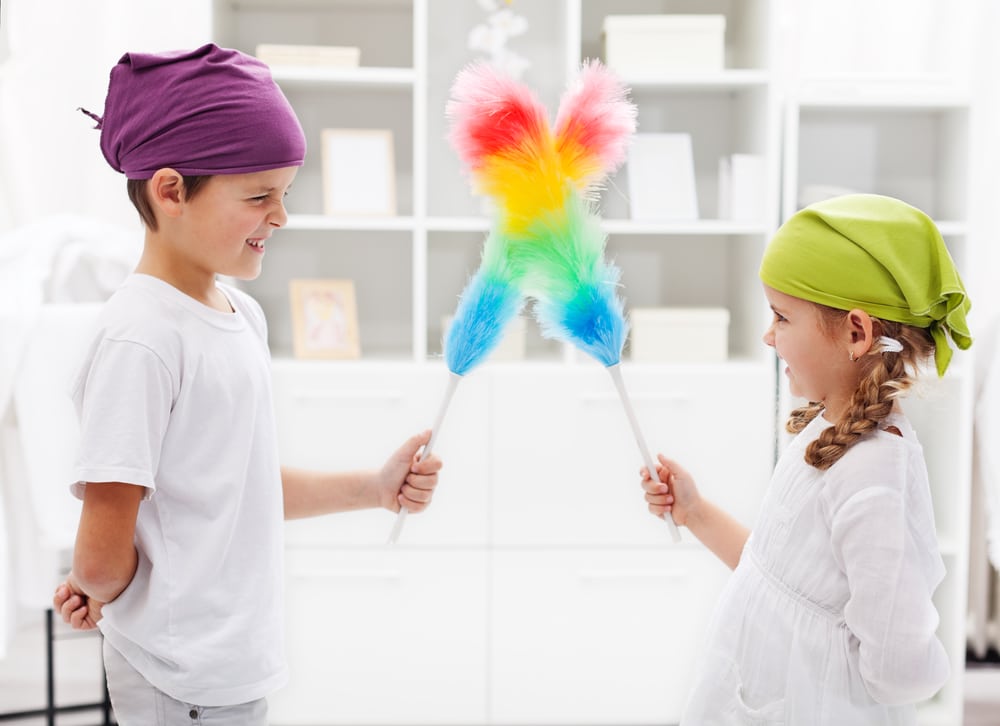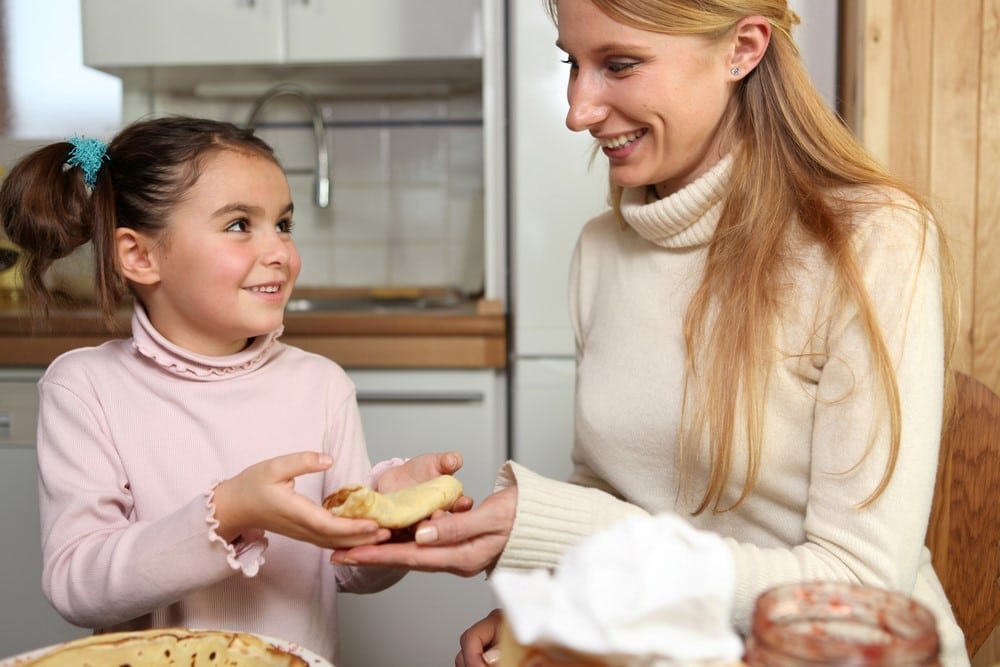Potty Training Series: The Basics of Potty Training
Once you are confident that your child is physically and emotionally ready for potty training, it’s time to get down to business. Many parents get frustrated during the potty training phase if they feel like their child isn’t learning fast enough. But it’s important to understand that potty training is a process. Luckily there are many simple steps that you can follow to make bathroom business a breeze.
Here are some basic tips that might make potty training a little easier on both you and your child.
Prepare with the chair.
Sitting on the toilet may be scary for some children. They may feel off balance, and the seat may feel too high up for them. Using a potty chair can make your child feel more comfortable and secure, allowing them to plant their feet safely on the ground.
Be sure to keep the chair in a place where your child spends a lot of time, so that when he or she needs to use the bathroom, it will be easier to access. Having the chair close by also serves as a convenient reminder. Your child will see the chair and remember that she can use the potty chair as soon as she gets the urge.
Familiarize them with the toilet.
Help your child practice sitting on the toilet fully clothed at first, so that he gets familiarized with the setting. Once he is comfortable sitting on the chair with his clothes on, you can take the next step of helping him sit on it with his clothes off. This will help familiarize him with what the seat feels like on his skin.
Teach them bathroom concepts.
Demonstrate to your child that the toilet is the place where “pee” and “poo” goes. You can do this by taking your child’s diaper after she has had a bowel movement and having her watch as you dump the stool into the toilet. Explain to her that this is where all of her pee and poo belong.
Set an example for your child by letting her see you sitting on the toilet. You can encourage her to sit on her potty chair at the same time if it is in the bathroom. You should also show her how you wash your hands with soap and water every time you finish on the toilet, and help her practice doing the same.
Offer reinforcement.
Try not to get angry or be too hard on your child if he makes mistakes. Potty mistakes are bound to happen, especially in the early stages of the potty training process. Instead, offer praise when he does something right. Positive reinforcement is key in establishing good bathroom behavior.
After a few days of consistently successful bathroom visits, you can begin making the switch from diapers to training pants, or from training pants to “big kid” underwear. You can determine how quickly to make the change by your child’s reaction to the new introduction.
Get everyone on the same page.
If your child attends preschool or daycare, or is in the care of a babysitter or grandparents, it’s important to share your potty training preferences with all caregivers in your child’s life. This includes the teachers and staff at your child’s daycare or preschool. Doing this will make things a lot easier for your child, who will benefit from the consistency and support that she will receive from all caregivers.
At Carpe Diem Private Preschool, our staff is trained and experienced in the potty training process. Unlike many other daycares and preschools, we prefer to base potty training on the individual interests of the child. Once the child is using the potty regularly, our teachers will communicate with parents and encourage the use of underwear. Our staff focuses on positive reinforcement rather than scolding or punishing children if they have accidents. We believe that keeping a positive mentality and supportive environment for the children in our care is important in all aspects of learning!
More in this Series: How to Know When its The Right Time, How to Make Potty Training Fun













Leave a Reply
Want to join the discussion?Feel free to contribute!